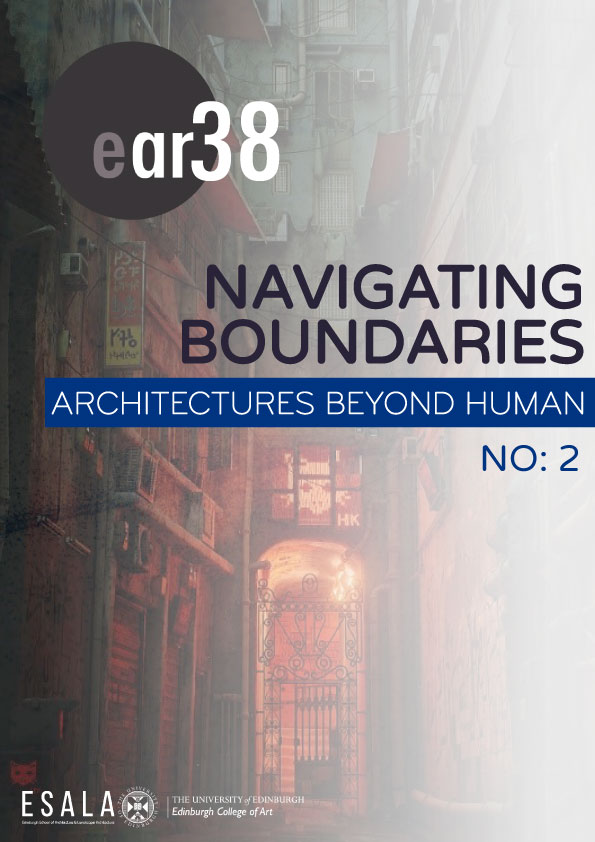‘Dance of Agency’
Conceptualising Architecture as Posthuman Through an Assessment of La Sagrada Família
Abstract
Rather than diminishing design to a mechanical process governed by utility, efficiency and economy, this paper conceptualises the architecture of the Basilica of La Sagrada Família in Barcelona as posthuman. The Cathedral’s social, cultural and psychological implications will be considered in this paper. La Sagrada Família is an “unfinished cathedral” in Catalonia built by the architect Antoni Gaudí in 1882. It receives over 3 million visitors a year. Considering La Sagrada Família under the posthumanist lens enables it to be intertwined with the environment and technology. Posthumanism involves delegating particular acts of human agency into technological devices. Using Kenneth Frampton’s concept of architecture dealing with the tension between its ‘representational’ and its ‘ontological’ dimensions, this article highlights how posthumanism can enable new design methods to be integrated with the Cathedral’s original ideas, casting a reassessment of existing theories of design. This article also considers other theories of design and architecture. These are Andrew Pickering’s concept of the ‘mangle,’ Jonathan Hale’s rematerialisation theory, Steve Tomasula’s concept of human scale in architecture, and Francesca Ferrando’s theory of philosophical posthumanism. The paper explores the process of bringing the original architectural idea of La Sagrada Família to expression in material reality. It analyses how the construction of increasingly sophisticated technological devices is a kind of collision and interaction between human goals, material resistance and future sustainability. Finally, the article demonstrates how the ‘dance of agency’—an ongoing, open-ended and temporally structured operation involving a dialectic of resistance and accommodation—can be carried out using the posthumanist theory of future sustainability in order to transform La Sagrada Família into a shared, plural, hopeful architecture that is embodied and entangled.

This work is licensed under a Creative Commons Attribution-NonCommercial-NoDerivatives 4.0 International License.


